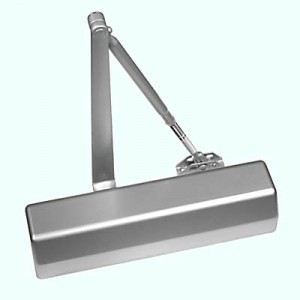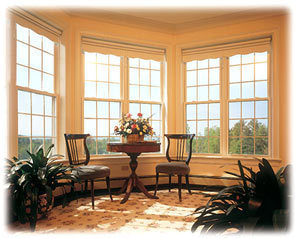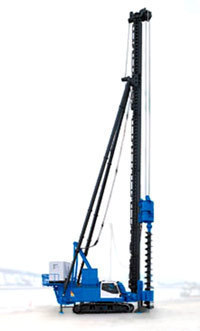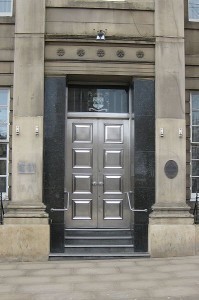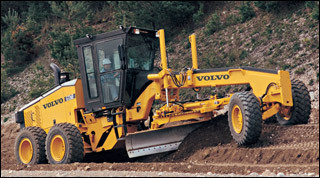RCP Pipe Dimensions
Reinforced concrete or RCP pipe dimensions are measured in diameters. Some of the most common are 15”- 18”- 24”- 30” – 36”- 42” and 48”.
Wiring and Concrete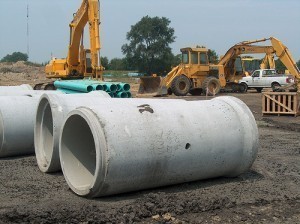
These pipes are preferred because they are sturdier than pipes which are not reinforced. The combination of wire and concrete allow pipes to deal with the forces that affect piping. Wire reinforcements boost a pipe’s load capacity and make them more resilient. Wire reinforcements are usually in the shape of a cage mesh. Cage welding machines are used to piece them together.
With the wiring in place, the tensile force can be counteracted. When the concrete starts to get cracks, the wires will hold the pipe together. This holds true whatever the RCP pipe dimensions may be. The concrete counters the compressive force that acts on the pipe. This force is activated when the pipe is loaded.
Recognition
Reinforced pipes are used by contractors, engineers and others in the business of construction and piping. Reinforced concrete pipes are economical, versatile and very strong. It is now the standard by which other piping products are measured against.
Features
These pipes can be used in detention systems, culverts, storm sewers and many others. The majority of reinforced pipes are designed so there is no longer any need to install gaskets. Other features that solidify the pipe are small bells and straight pipes. The concrete in these units are compact too.
Due to their high density, the pipe is less vulnerable to damage during construction and shipping. The denser the concrete is, the smaller the bell sizes can be. With some pipes, the bells are totally gone at the 24” and over. Properly made concrete pipes are good for over 100 years in terms of economic life.
Maintenance
If the pipe is configured correctly, it is a “set and forget” item. These pipes do not need a lot of maintenance. Their resistance to fire is another advantage.
Cleaning
Pipes used in industrial complexes are cleaned via thermal cleaning or water blasting. Thermal cleaning uses heat for drying organic materials. More advanced systems use robots. Some cleaning methods require the pipe to be offline.
RCP pipe dimensions vary, but they are usually cleaned by way of chemical or mechanical means. Mechanical tools are typically used if the pipe is accessible. These are used to take out deposits or blockages. In certain situations, chemicals are used to remove these blockages.
